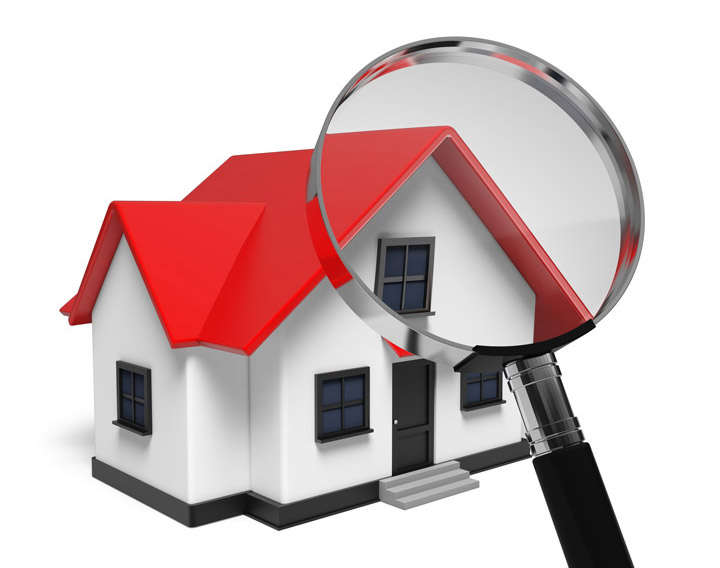
Real Property Appraisals: A PrimerTheir home's purchase is the most important transaction most people may ever make. Whether it's a main residence, an additional vacation home or an investment, the purchase of real property is an involved financial transaction that requires multiple parties to pull it all off. It's likely you are familiar with the parties taking part in the transaction. The most known face in the exchange is the real estate agent. Next, the lender provides the financial capital required to fund the deal. The title company makes sure that all details of the sale are completed and that the title is clear to pass from the seller to the buyer. So, what party makes sure the value of the real estate is in line with the amount being paid? This is where the appraiser comes in. We provide an unbiased opinion of what a buyer could expect to pay — or a seller receive — for a property, where both buyer and seller are informed parties. A licensed, certified, professional appraiser from Steingraber & Associates will ensure, you as an interested party, are informed. The inspection is where an appraisal beginsOur first responsibility at Steingraber & Associates is to inspect the property to determine its true status. We must physically view features, such as the number of bedrooms and bathrooms, the location, living areas, etc, to ensure they indeed are there and are in the shape a typical person would expect them to be. The inspection often includes a sketch of the floorplan, ensuring the square footage is accurate and illustrating the layout of the property. Most importantly, we look for any obvious amenities - or defects - that would have an impact on the value of the property. Following the inspection, we use two or three approaches to determining the value of real property: sales comparison and, in the case of a rental property, an income approach. 
Cost ApproachThis is where the appraiser gathers information on local construction costs, the cost of labor and other factors to determine how much it would cost to replace the property being appraised. This value commonly sets the maximum on what a property would sell for. The cost approach is also the least used predictor of value. 
Sales ComparisonAppraisers become very familiar with the subdivisions in which they appraise. They thoroughly understand the value of certain features to the people of that area. Then, the appraiser looks up recent sales in the vicinity and finds properties which are 'comparable' to the property in question. By assigning a dollar value to certain items such as fireplaces, room layout, appliance upgrades, additional bathrooms or bedrooms, or quality of construction, we adjust the comparable properties so that they are more accurately in line with the features of subject.
Once all necessary adjustments have been made, the appraiser reconciles the adjusted sales prices of all the comps and then derives an opinion of what the subject could sell for. At Steingraber & Associates, we are an authority in knowing the value of particular items in Toledo and Lucas County neighborhoods. This approach to value is commonly given the most importance when an appraisal is for a real estate exchange. Valuation Using the Income ApproachIn the case of income producing properties - rental houses for example - the appraiser may use a third approach to value. In this case, the amount of revenue the real estate generates is factored in with other rents in the area for comparable properties to derive the current value. Arriving at a Value ConclusionAnalyzing the data from all approaches, the appraiser is then ready to state an estimated market value for the subject property. The estimate of value on the appraisal report is not always the final sales price even though it is likely the best indication of a property's valueThere are always mitigating factors such as seller motivation, urgency or 'bidding wars' that may adjust the final price up or down. Regardless, the appraised value is typically employed as a guideline for lenders who don't want to loan a buyer more money than they could recover in case they had to sell the property again. It all comes down to this, an appraiser from Steingraber & Associates will guarantee you discover the most accurate property value, so you can make profitable real estate decisions. |